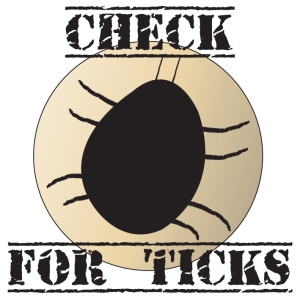The Rural Health and Wellbeing Team at the University of the Highlands and Islands have been working with communities who have a high rate of exposure to ticks, and potentially Lyme disease, to explore methods that could be useful in mitigating the risk of being bitten by a tick.
The communities involved in the project included those who are exposed for both recreational and occupation reasons in Lochaber, the Cairngorms National Park, Balloch and Highland-wide.
One of the key messages that came out of the study was the need to raise awareness generally about ticks and Lyme disease in a way that didn’t cause alarm or put people off using outdoors spaces. One of the best ways to tackle the issue was considered to be to encourage people to ‘check for ticks’.
In response, we have set up this website to promote the materials we have developed. We piloted the materials from August to November 2016, and asked for feedback to gauge how appropriate the matierials were thought to be in terms of raising awareness and encouraging those who may be at risk of exposure to start checking for ticks after they have spent time in outdoors spaces. The evaluation report can be read here.
The information has been split up, with a separate page for each section. On each page, the information is free to download for use to suit your own needs – simply right-click and select the ‘save image as’ option. The information we have used has been taken from the most recently available guidance produced by Public Health England (February 2016). Please also feel free to share the information with anyone you think might find it useful.
If you have any problems with downloading the resources, please get in touch and we will arrange to email the materials to you: checkforticks@uhi.ac.uk
The research was joint funded by The Robertson Trust and the European Space Agency.


